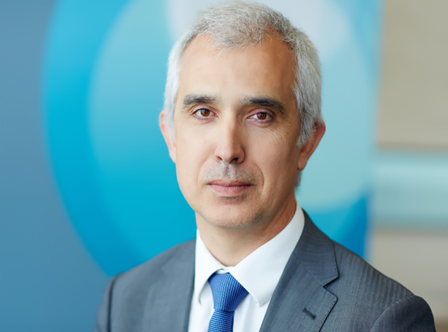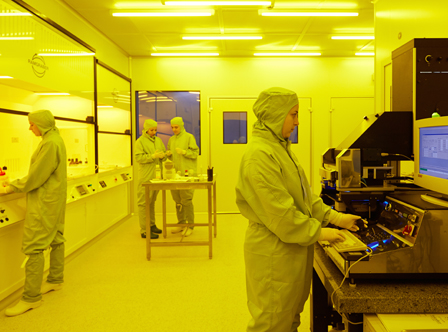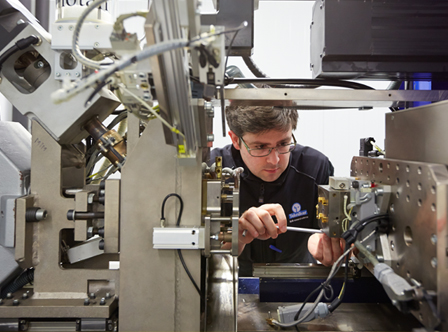THE EXPERT'S VIEW



A blend of ideas, creativity and knowledge connected to different technologies. These are the ingredients that IK4-TEKNIKER needed to produce significant changes in the way companies design and manufacture their products. This requires a high degree of specialisation in our technologies, an understanding of market needs as well as a close cooperation with our customers because they are the specialists in their own fields.
I would like to underscore a few of their most relevant watershed landmarks.
For instance, I remember the time when the first-ever high-speed linear drive motors were made in our country. They were named BIZKOR and won the 1998 national design award.
During the design and construction stage we travelled to Germany on several occasions to visit reference centres such as ZTF in Stuttgart to learn more about linear motors recently launched in the market. That was a turning point, not so much because of the award itself, but rather because we managed to dispel any reluctance present in the machine tool sector with regard to using linear motors as a suitable constructive solution for highly dynamic machines.
Focusing now on the smallest scale of manufacturing, i.e., the micro and nanoscale, it can also be stated that our first major industrial project related to applying micro-manufacturing capabilities was another outstanding landmark.
In 1997, IK4-TEKNIKER implemented a Specialisation Plan that included setting-up an R&D unit for ultraprecision technologies. In 2001, the plan gave rise to a new micro-manufacturing laboratory called “Tekniker Micro Machining” (TMM).
By the year 2005 we were already producing the first range of dental brackets using microinjected high performance materials. To achieve this goal, a process had to be implemented that consisted in resizing polymer brackets and manufacturing single units directly by micro-milling in order to pass functional tests and obtain health accreditations to eventually manufacture micro moulds to be used at a later stage. This was done in close cooperation with EuroOrtodoncia under patent PCT/ES2005000346.
Since then, our micro-manufacturing laboratory has developed several ranges of increasingly complex brackets.
Our specialisation in the design and construction of unique, ultra- high precision equipment has allowed us to work with reference centres such as the Spanish Metrology Centre, Spain’s primary laboratory.
I also remember, thinking now about other pieces of complex equipment, the construction and implementation of the current national pressure standard reference pattern. Although it was introduced in 2009 it can still be rated as the world’s most accurate barometer capable of discerning atmospheric pressure differences between the upper and lower segment of the palm of a hand.
These and other landmarks have allowed us to provide the industry with the know-how generated by our research activities at different points in time.
It is frequently difficult to put your stakes on one technology or another because the market does still not exist. As a technology centre, we must anticipate the future needs of our industry and its firms. Whenever we address many of the projects mentioned here, not only are we aware of the path we’re following but also know their significance as landmarks when we imagine what our lives would be like without them.



